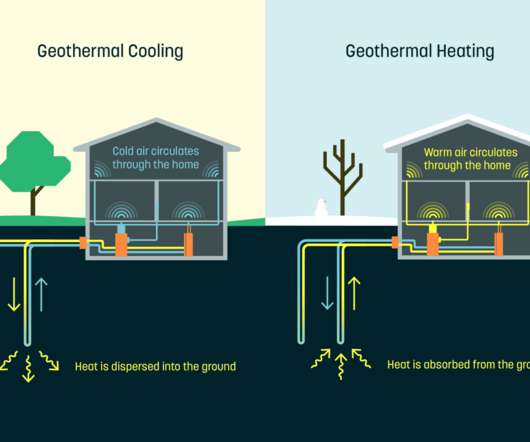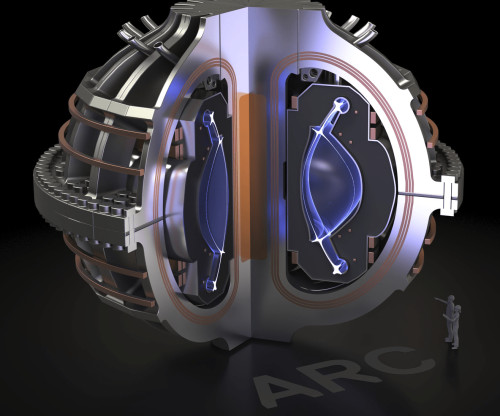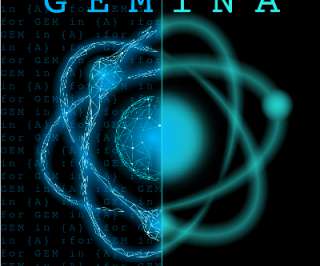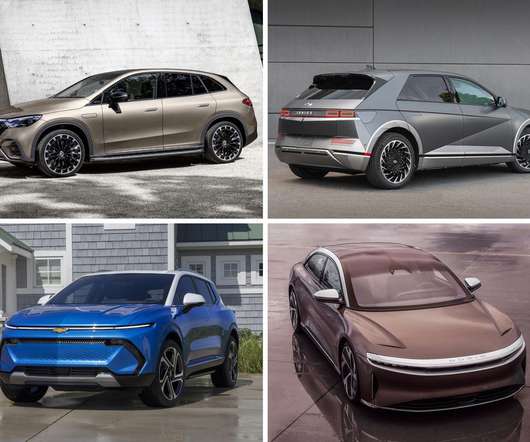SLAC, MIT, TRI researchers advance machine learning to accelerate battery development; insights on fast-charging
Green Car Congress
MARCH 9, 2021
The research, reported in Nature Materials , is the latest result from a collaboration between Stanford, SLAC, the Massachusetts Institute of Technology and Toyota Research Institute (TRI). Hongbo Zhao/MIT). This uneven pattern stresses the battery and reduces its lifetime. This research was funded by Toyota Research Institute.


























Let's personalize your content